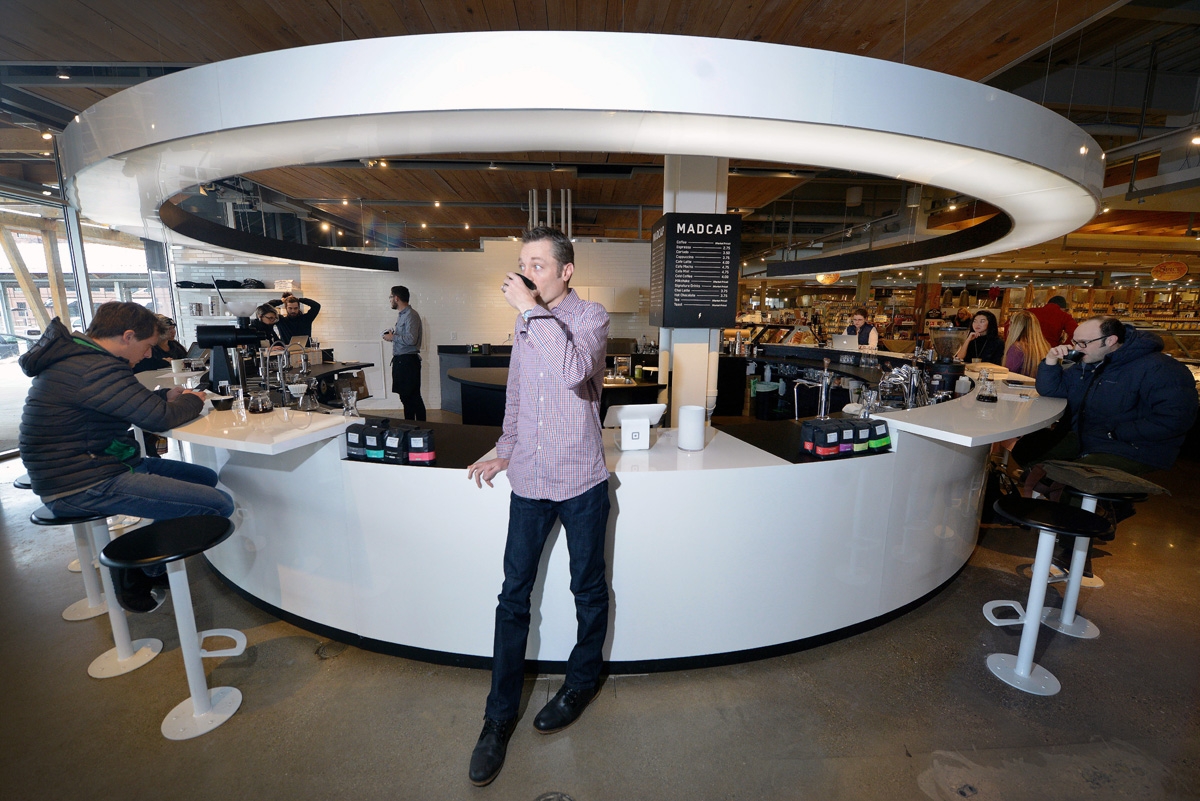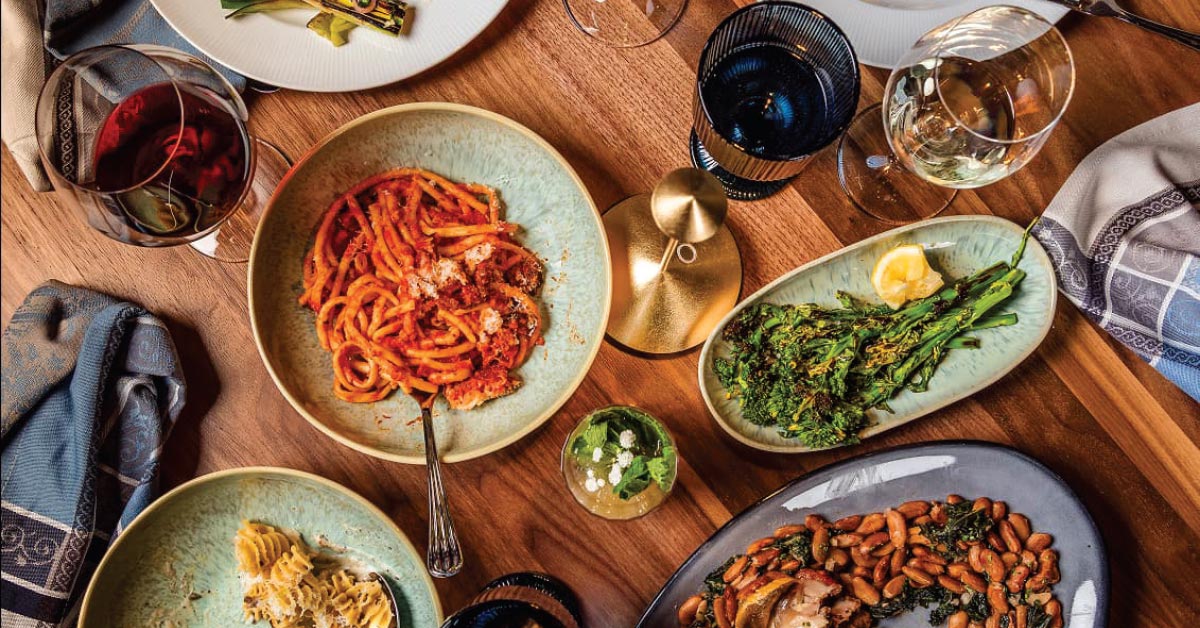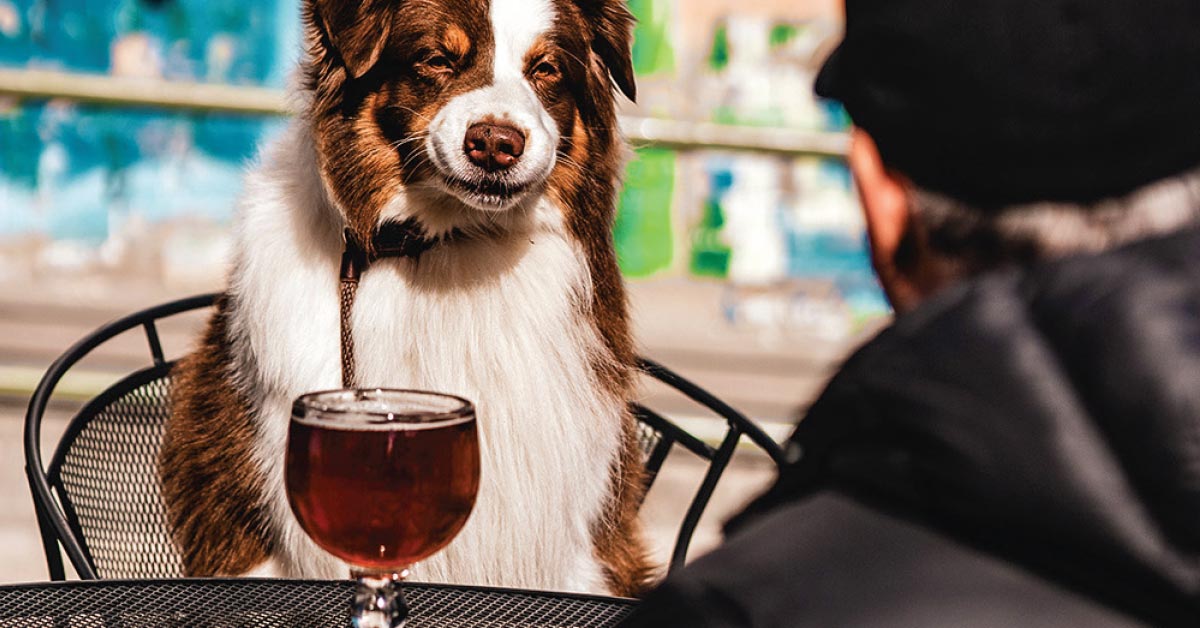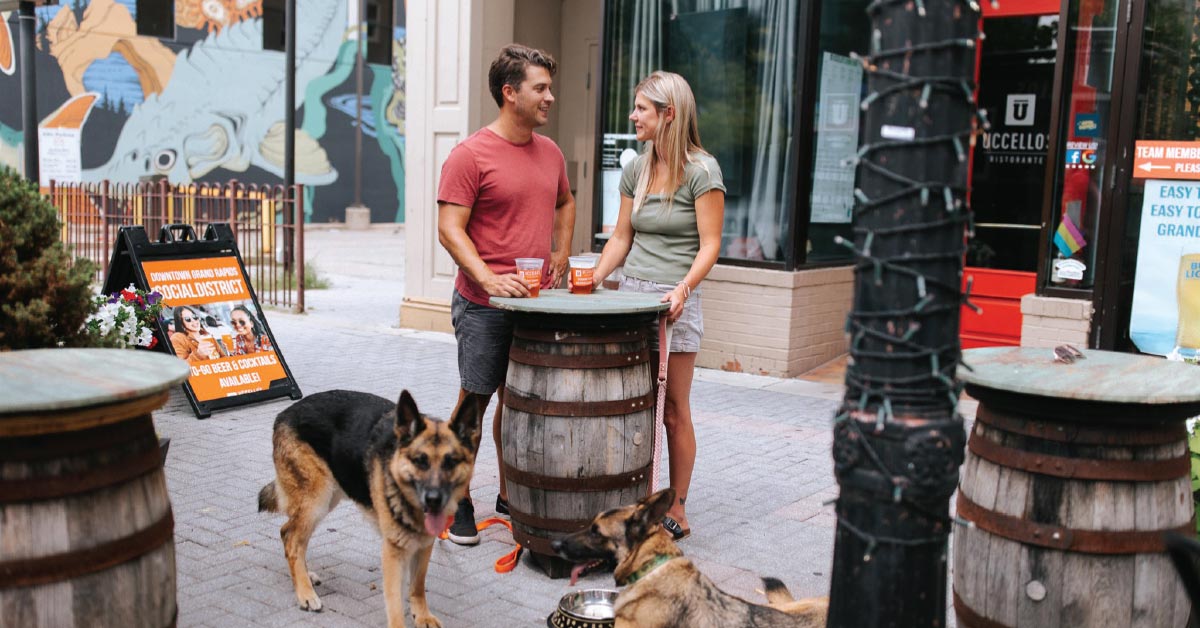Madcap’s Trevor Corlett likes to say he got into coffee “for the wrong reasons.” That’s not the whole story, but what he really means is his love for cafés started with the culture, not the drink itself. It all began with helping his musician roommate setup in cafés, which led to Corlett helping to open a café in Indianapolis, and then some not-so-fruitful attempts to launch his own shop in Illinois.
Instead of giving up, Corlett returned to Grand Rapids in 2008 with all his newfound knowledge and experience. He became Madcap’s CEO and co-founder alongside Ryan Knapp. Now, Madcap has a second location in the Downtown Market and a third on the way on Fulton Street. Revue sat down with Corlett to talk about Madcap’s laser focus and why the company’s coffee is far more than the sum of its parts.
What’s different about Madcap compared to your previous attempts?
It’s hard to point at any one thing in particular. I think mostly my previous ventures failed because there was a lack of definition as far as what I was going to do to differentiate our business from others.
What do you think has led to Madcap’s success, then?
I always equate Madcap’s success to having such a great team right from the get-go. Plenty of great people from the last shop I worked for followed me up here, including my business partner Ryan, who sources all of our coffee. What’s crucial is that both of us had a commitment to developing close relationships with producers and being as involved in the process of sourcing and roasting these coffees as we could.
Let’s go back to café cultures, because Madcap’s is very unique. How do you describe it?
The intention in our first space was to be very minimal, because we wanted the coffee to be the focus. And at that time, maybe it was a little too minimal for what our customer base was comfortable with. We intended it to be a place where customers could come in and ask questions about the coffee, share excitement about it and interact with our staff more.
What about the new space?
In that sense, the new location at the market is a better execution of that vision. We wanted to have a warmer atmosphere and the shape of the (circular) bar denotes that. At any point at the bar here, you’re connected with our staff. You can see the product in front of you and how it’s all done.
What’s it been like to introduce such serious coffee to a Midwestern market?
I think we all tend to fall prey to these stereotypes about the Midwest community not being interested in products like this, and of course we’ve found that not to be true. … It didn’t take much effort to persuade our customers that paying more for a specialty product — one created in a sustainable way that supports our producers and the people around them — is worth it.
We’re talking a lot about coffee as experience. Does any one café stand out in your mind?
Well, one that sticks out in particular was this café in Shanghai. The shop was called Punk Coffee. … Literally everything was done so well. They had an amazing food menu and bar seats, and they brewed their own beer there. They roasted their own coffee onsite. I can’t say anything bad about it. The service was impeccable — everything had an intention to it.
So the experience elevates the product?
We all want something that tastes good, but your perception of how that thing tastes is partially dictated by the atmosphere around you and the experience you’re having. So when you’re in a place that has exceptional service and you enjoy the atmosphere, you’re going to taste and perceive something as more enjoyable.
That’s probably why diner coffee tastes so good.
That’s exactly it, the idea that everything has its place. The environment you’re in plays as much of a role in enjoying a coffee as the coffee.
Last question: I’ve heard you have to work here for a year before you can pull an espresso shot. True or false?
(Laughs.) That’s actually true. The average time is probably about a year. But that happens for a lot of reasons. Coffee shops are just like any other in the service industry with a reputation for high turnover. So it’s about setting a goal in mind, knowing that you have to learn how to talk about the coffee you’re selling, how to engage customers, and then to learn all the variables that go into making the coffee. … But with the growth we’re having now, we might have to speed that process up a little bit.





